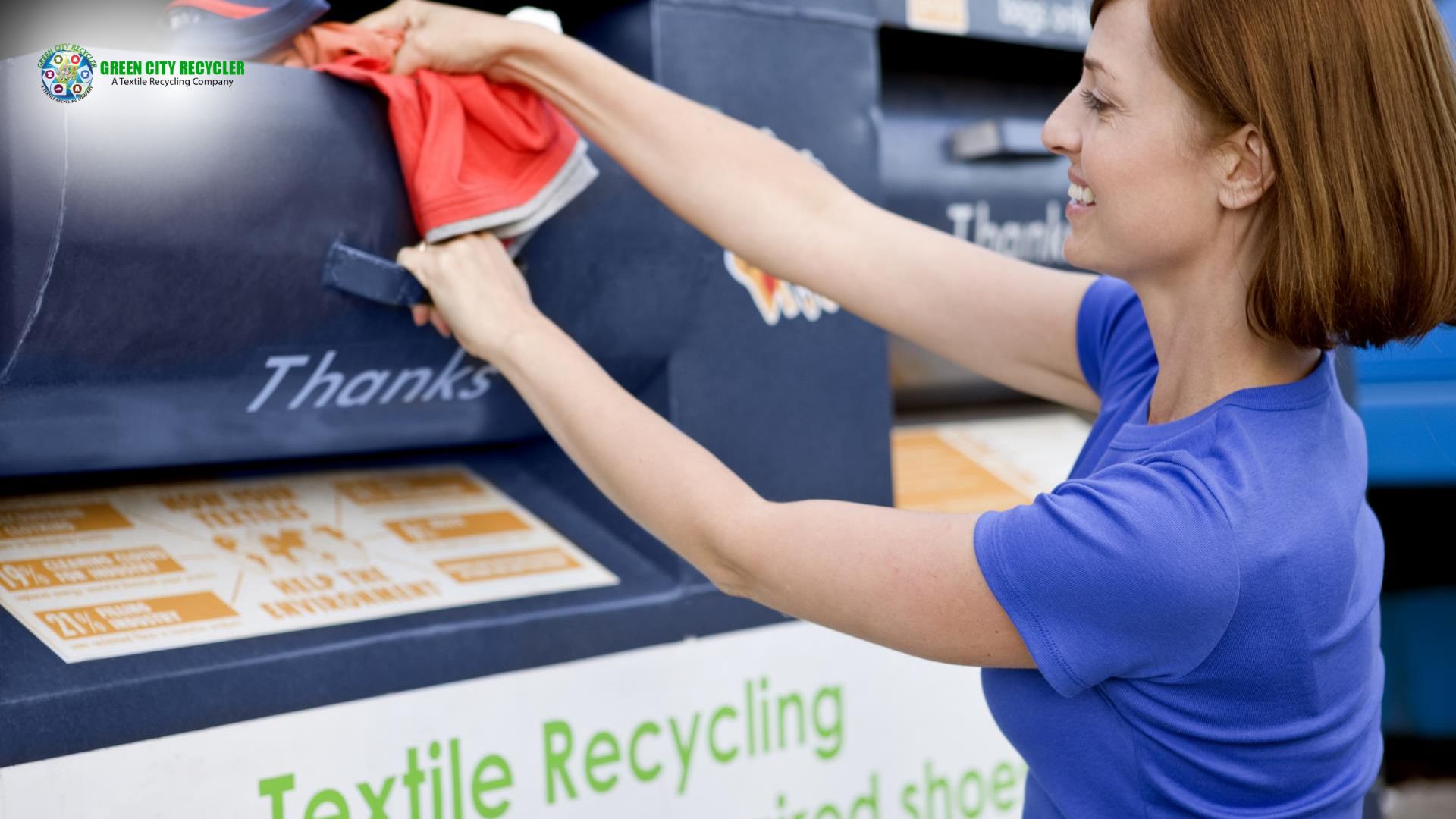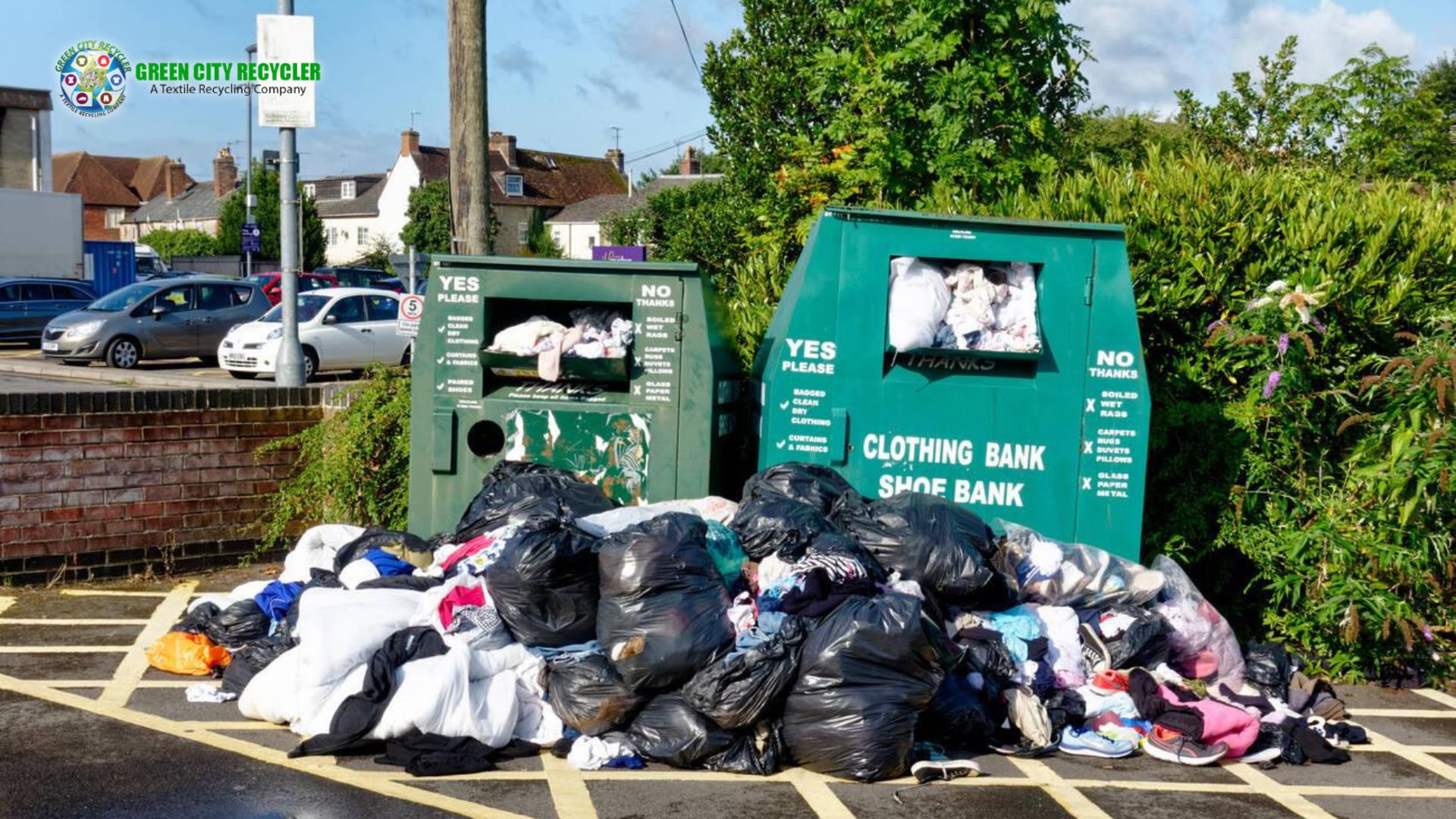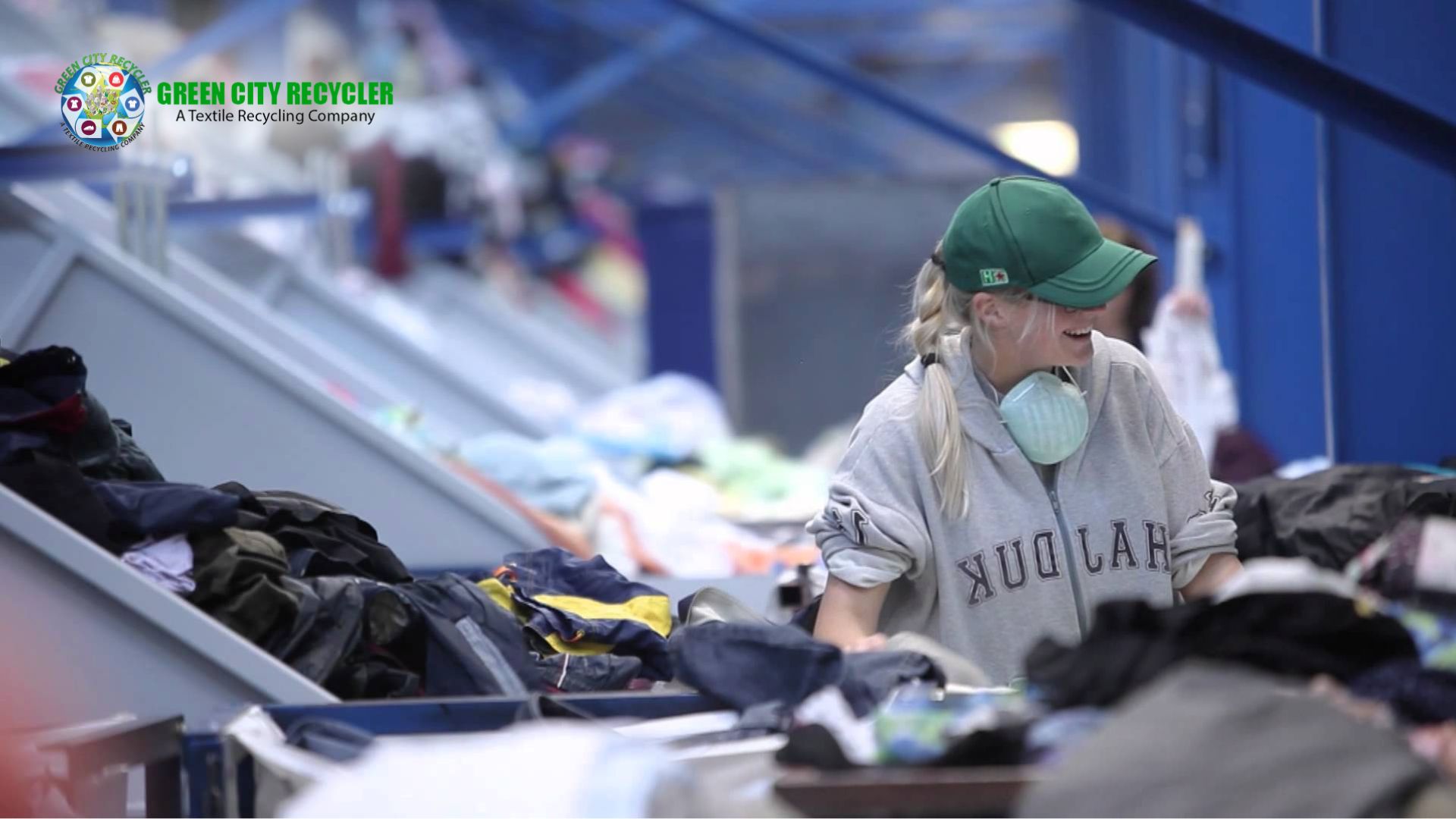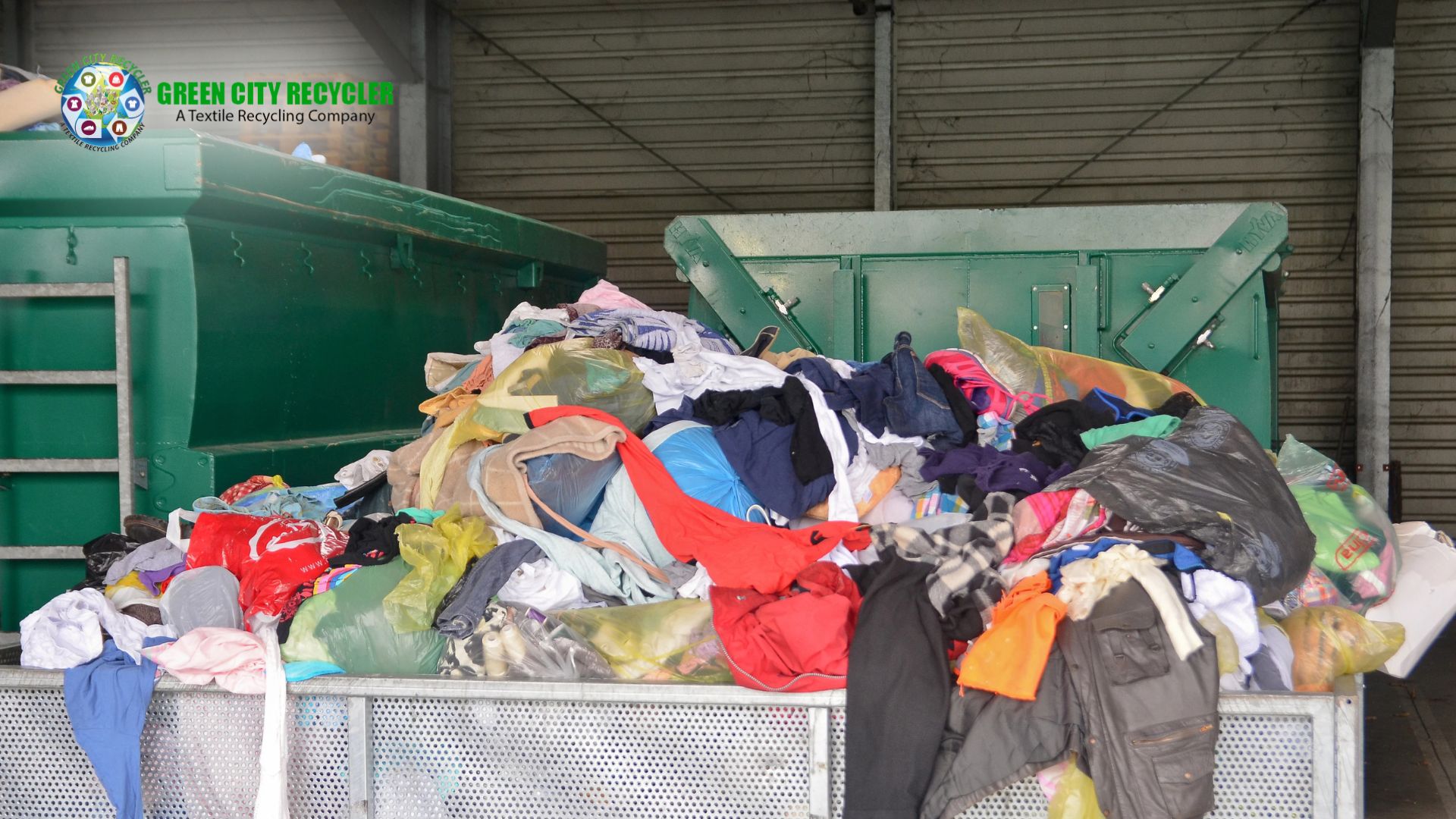Modern society depends more on sustainability than ever, so recycling helps us greatly reduce trash generation. One area often neglected in recycling is textiles—clothing, fabrics, and other fibers made from fibers.
Nevertheless, with little knowledge, recycling fabrics could be simple and appropriate for our surroundings and clothing. Let’s look at How do we recycle textiles and possible participation.
Fabric recycling is:
Textile recycling is the process of turning used or unwanted fabric materials and clothes into new products or assisting in reducing landfill trash. This economy depends critically on the circular economy, which seeks to minimize waste through as much item recycling as possible. Old clothes should be creatively used with the resources or recycled into new goods instead of thrown away.
How do we recycle textiles? There are multiple ways to achieve this, including several methods. Some might become new products, while others are shredded for stuffing, insulation, or even cleaning rags. Besides reducing trash, recycling textiles saves energy that would otherwise be used to produce fresh materials, preserving resources.
Why is textile recycling important?
Globally, textile waste is becoming more and more worrisome. Landfills annually contain millions of tons of materials and clothes. Would you know? Environmental Protection Agency (EPA) figures show that the average American tosses 81 pounds of clothes yearly.
There is a lot of cloth there. Unfortunately, many fabrics have synthetic fibers that resist simple decomposition and take decades to degrade.
Textile recycling helps lower trash in landfills, lessening the environmental effect of textile manufacture by conserving natural resources, including water and electricity. For instance, cotton fabric can help conserve water and reduce farming’s chemical use. It also lessens the demand for newly produced raw materials like cotton or polyester, which consume much energy.
Recycling textiles helps lower the carbon footprint of the fashion business, one of the most significant polluting sectors worldwide.
How Do We Recycle Textiles?
Depending on the kind of material and the intended usage, many techniques are applied to recycle textiles. Let’s dissect the procedure into basic stages:
1.Gathering of Used Clothing
Gathering undesired clothing marks the first stage in textile recycling. Though there are other choices, many people donate things they no longer fit or are out of style. Great places to drop your used clothes are nearby charity stores, clothes donation receptacles, and textile recycling organizations.
Certain cities even have unique textile recycling schemes whereby clothing is gathered straight from your house or put off at approved collecting sites. Following collection, the textiles are arranged according to type and condition.
2.Organizing and Vacuuming
Following the gathering, the clothing is sorted. Cotton, wool, polyester, or nylon help separate clothing. This is a crucial stage since various materials require different recycling techniques. While some fabrics may be too damaged to be used as-is, others are in reasonably decent condition to be resold.
Textiles must also be cleaned and sorted before recycling. This method removes non-fabric items like tags or embellishments, buttons, and zippers.
3.Shredding and Dissection
The textiles can be shredded into smaller bits once washed and sorted. Because the shredding process breaks down the fabric into little fibers, materials can be more readily used. These threads find application in numerous contexts, including:
Some fabrics, particularly natural fibers like cotton, can be spun into fresh fabric. Yarn is spun from the fibers together, then weaved or knitted into new textiles. This method lessens the demand for fresh raw resources like wool or cotton.
Shredded textiles can be fashioned as insulation for structures or as stuffing for furniture, mattresses, and vehicle seats. Together, the fibers offer heat protection or cushioning.
Old clothing, particularly worn-out cotton goods, is sometimes repurposed into cleaning rags or towels. These find application in homes, factories, or cleaning companies.
4.Processing synthetic fabrics
How do we recycle textiles? Natural fibers are easier to recycle than synthetic materials such as polyester, nylon, and acrylic. However, advances in textile recycling methods are simplifying synthetic material recycling.
Some techniques involve melting down the fabric and reconstructing it into fresh threads, which can then be used to create fresh clothing. Other approaches use chemical reactions to separate the component elements for use in their most basic forms.
Polyester, for instance, is sometimes used to make fleece coats, carpeting, or even cushion and jacket filling, or it can be regenerated into new polyester fibers.
5.Reselling or Reusing
Not every cloth breaks down and is rebuilt into another good. Some find new uses or resale value. Good-condition clothing can be sent to internet resale sites, sold at second-hand stores, or donated to charity shops. Purchasing second-hand clothing or giving your unwanted goods helps textiles last longer and cut waste.
Several businesses and designers are also including old clothing in their creation process, using vintage or recycled textiles to create fresh collections. Upcycling—a widespread technique in the fashion industry—helps produce distinctive, environmentally friendly design creations.
How You Might Help?
One thing every one of us can do is recycle fabrics! These are some easy actions you might do to support textile recycling:
- Instead of throwing away unwanted clothing, donate it to neighborhood charity stores or drop-off boxes. Clothes that are too worn out to donate can still be recycled. Search for local textile recycling initiatives that welcome damaged materials and clothing.
- Purchase Second-Hand: When shopping for new clothes, consider looking through thrift stores or online sites for second-hand clothing. This promotes a more environmentally friendly fashion business and helps lower the demand for fresh textile manufacturing.
- Select Sustainable Fabrics: Look for new clothes composed of recycled or organic fabrics. These materials are sometimes more sustainable, and future recycling could be more straightforward.
Finally
How do we recycle textiles? One easy yet practical approach to help cut waste and enable more sustainable fashion practices is textile recycling. We can help a circular economy that values reusing and repurposing materials by giving, recycling, or buying second-hand items, therefore helping to lessen the number of textiles that wind up in landfills. Each tiny action we take to recycle textiles can significantly affect the future of our earth and its surroundings. Thus, remember that your old clothes can be transformed into something fresh and practical next time you clean your wardrobe, contributing to a more sustainable planet.
Green City Recycler: A Dedication to Ecological Living
Green City Recycler is the leading effort to encourage sustainable living by offering communities effective and eco-friendly recycling options. They make recycling textiles, plastics, electronics, and more simple for people and companies to lower waste, preserve resources, and boost environmental well-being. By providing handy collecting sites, recycling programs, and instructional materials, Green City Recycler encourages people to actively participate in waste reduction and adopt greener practices.
By turning trash into valuable resources, encouraging a circular economy, and motivating others to positively affect the environment, they hope to build a cleaner, greener future. Using Green City Recycler makes recycling a smooth habit that helps preserve the earth for future generations.






